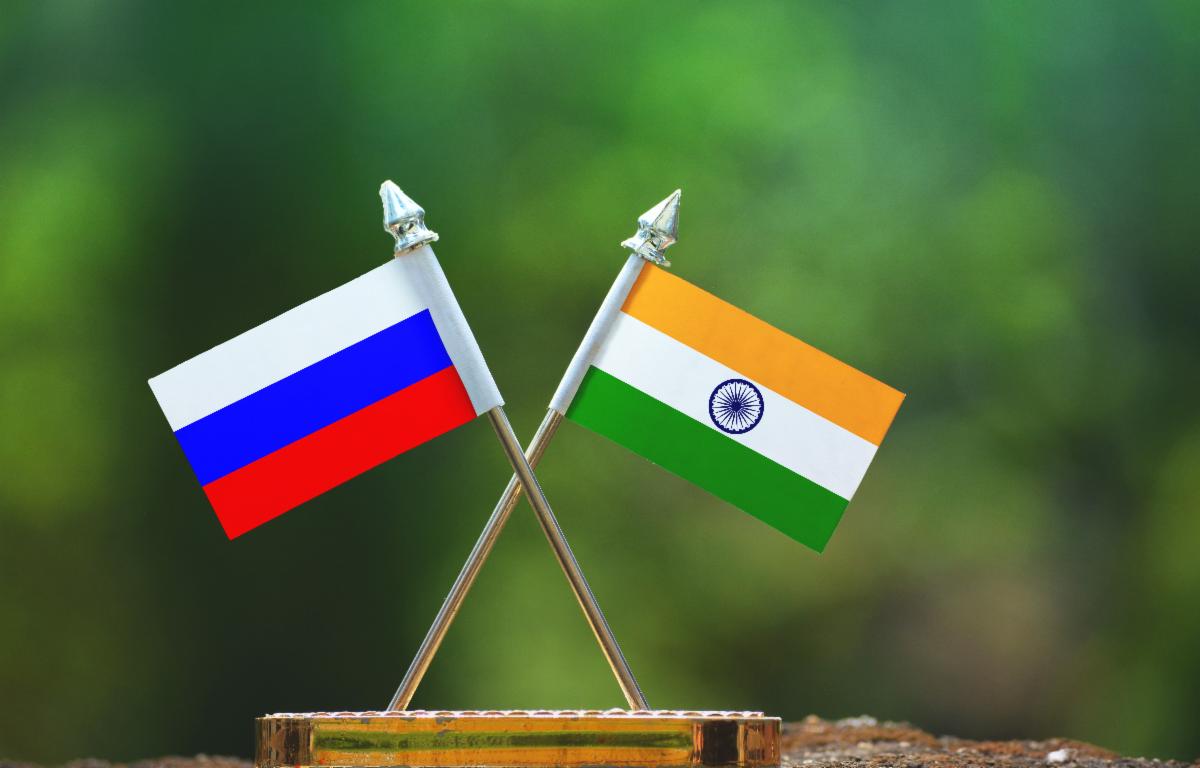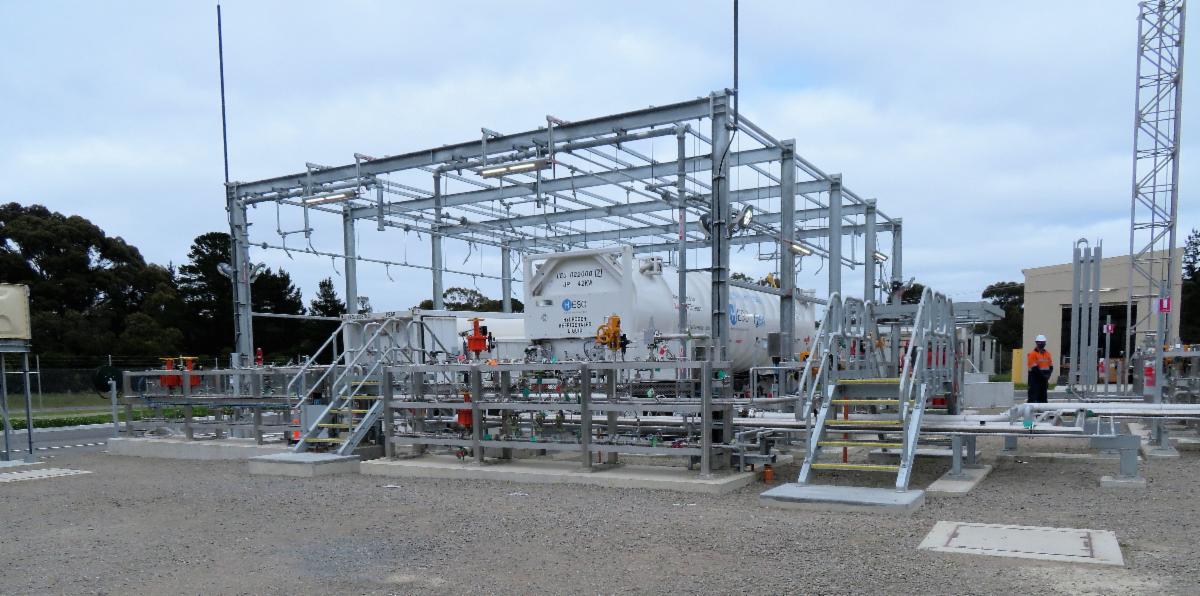Indo-Pacific Energy Update – June 14, 2023
Indo-Pacific Energy Update – June 14, 2023
Want to receive future energy updates? Subscribe here.

Indonesia, ASEAN partners advocate for U.S. EV tax credit exemption on critical minerals
On June 1, Politico reported that Indonesia, Malaysia, and the Philippines are advocating for their firms to qualify for the electric vehicle (EV) tax credit under the U.S. Inflation Reduction Act (IRA). The countries seek a ‘critical minerals pact’ with the U.S. as part of negotiations for the Indo-Pacific Economic Framework (IPEF), a U.S.-led trade initiative with thirteen Indo-Pacific states that launched in May 2022. Half of the EV tax credit requires battery minerals to be extracted or processed in the United States or a country with a U.S. free trade agreement. Trade representatives of the Southeast Asian states hope that such an agreement would boost critical mineral exports to the United States or other EV manufacturing countries selling into the U.S. market while also incentivizing domestic manufacturing of emerging technologies.
Why it matters: As countries and firms scramble to win shares of the IRA’s potentially massive tax credits, the EV tax credits critical mineral and battery component requirements have drawn particular attention. Japan has already signed a narrow minerals trade agreement with Washington; talks on a U.S.-European Union deal are underway. An EIRP report last fall recommended adding a clean energy trade agreement as part of the IPEF’s Connected Economy (trade) pillar to accelerate technology deployment and promote trade with this strategic region.
Still, the Biden Administration will need to balance the diplomatic and economic value of new agreements with domestic political concerns. Some in Congress have argued expanding the IRA’s EV tax credits would disadvantage American mining and manufacturing companies relative to foreign competitors where mining and manufacturing is cheaper or EV components are more readily available. Others worry that Chinese companies may benefit by developing critical mineral extraction and processing outside their own country, such as in Indonesia, to exploit such deals. And still others see the executive trade agreements—which circumvent Senate ratification—as undermining the role of Congress. Adding the politics surrounding American manufacturing jobs, it becomes a tough challenge.

India imports record monthly high of Russian oil
In May, India imported a new record high of Russian crude oil, outpacing imports from the next four largest oil exporters to India. Industry data from Vortexa indicates Russia now exports 1.96 million barrels per day to India and comprises 42% of Indian oil imports, a 15% increase in volume from the prior month. It’s a remarkable development for Russia’s energy sector, which provided under 1% of Indian imports prior to Moscow’s invasion of Ukraine. Iraq, Saudi Arabia, the UAE, and the U.S. round out the top five suppliers to India.
In related news, OPEC+ announced an extension of an existing 3.66 million bpd supply cut to the end of 2024, which included previous cuts in 2022 and most recently in April. As part of the cuts, Saudi Arabia will slash output by 1 million bpd starting in July.
Why it matters: Russia has substantially expanded its market share in India’s energy sector at the expense of its OPEC+ partners. Earnings from exports to India for Saudi Arabia, Iraq, and the United Arab Emirates were 21%-31% lower in March 2023 versus March 2022. Comparing January-March 2023 to the same period in 2022, Saudi Arabia’s and Iraq’s Indian oil export revenues shrank by 18% and 25%, respectively, while UAE’s grew by 11%. Russia, meanwhile, halted disclosure of oil production data, likely to avoid providing it to the governments sanctioning its oil sector, something that has recently provoked concern from Saudi Arabia’s energy minister.
Riyadh’s March 2020 oil price war on Russia was largely overshadowed by subsequent pandemic-related disruptions in global energy markets but serves as a useful reminder to avoid assuming OPEC+ unity is assured in all circumstances. Russia’s war on Ukraine—and Western responses to it—are reshaping historical energy trade flows and thus creating significant uncertainty. When combined with continuing questions about the health of the global economy, this suggests that it is worth continuing to watch Saudi-Russian interactions.

Japan, U.S. release national hydrogen strategies
On June 6, Japan announced its second national hydrogen strategy, a key component to bridging the country’s transition to renewables. Over the next fifteen years, the strategy calls for over $107 billion in public and private investment in technological innovation and establishing international supply chains to import hydrogen to successfully commercialize domestic hydrogen-use sectors. The strategy targets expanding annual hydrogen supplies from 2 million metric tons (MMT) to 12 MMT by 2040. Japan’s Chief Cabinet Secretary has highlighted hydrogen’s potential for a “triple achievement” in meeting decarbonization targets, stabilizing energy security, and supporting Japanese businesses in hard-to-decarbonize sectors like steelmaking and heavy-duty transportation.
Japan released its strategy just one day after the U.S.’s Department of Energy publicized its own clean hydrogen strategy and roadmap, which forecasts that the U.S. could produce 10 MMT of low-carbon hydrogen by 2030 and 20 MMT by 2040.
Why it matters: Tokyo views hydrogen as a key component to successfully decarbonizing the Japanese economy during its energy transition, but Japan does not have the same capacity to produce low-carbon hydrogen as the U.S. Establishing a carbon-intensity based framework and subsidizing potential high-use sectors to encourage hydrogen usage may be necessary to make the energy source competitive domestically. The strategy also calls for Japanese companies to install 15GW of electrolyzers globally by 2030 to facilitate hydrogen production. To achieve its target, Tokyo will need to substantially increase electrolyzer production; a study in October 2022 found Chinese electrolyzers were approximately $1,000 per kW cheaper than Japan’s.
Japan will also need to find new trade partners to secure a steady supply of hydrogen. Australia finalized a $1.62 billion agreement with Japan in March to produce hydrogen via coal gasification and CCS. Japan will need Australia and other partners to compensate for lost hydrogen production from Russia, after the countries signed deals in fall 2021 to cooperate on hydrogen projects and technologies and planned to conclude future agreements between Russian oil producers. The U.S. and Japan lack a hydrogen export deal, although the U.S. expressed interest during an April G-7 meeting.

Japan, South Korea reach for energy from the stars
On May 27, an industry-government-academia project led by Japan’s Ministry of Economy, Trade and Industry (METI) announced plans to demonstrate a space-based solar energy generation project by 2025. The project relies on transmitting solar power generated in space as microwave-frequency energy to ground based receiving stations that convert the transmission back into electricity. The group successfully demonstrated this technology at heights of 30m and 50m in 2009 and 2015, respectively.
On June 7, South Korea’s Ministry of Science began designing a new reactor based on nuclear fusion, which powers the sun and other stars, with the goal of completing a 500MW demonstration reactor by 2035. The government highlighted its plans to collaborate with academic and industry experts to expedite design work and to finalize a design concept by 2026. The plan targets completing the engineering and licensing processes by 2035.
Why it matters: Due to their lack of domestic energy resources and reliance on imports, Japan and South Korea may need to find innovative, alternative solutions to reduce emissions and achieve energy security. Both are innovation-oriented economies that invest heavily in research and development (R&D) in energy and other areas. In 2021, South Korea and Japan invested 4.9% and 3.3% of their respective gross domestic product (GDP) into R&D, compared to 3.5% and 2.6% shares in the U.S. and China. A 2022 EIRP report explored opportunities and challenges in U.S.-Japan and U.S.-South Korea energy technology cooperation.
Space-based solar and nuclear fusion are ambitious ideas that face their share of hurdles. A 1GW space-based solar project could require 4 square kilometers in panels at a cost of $7.1 billion, according to one report. Likewise, a report by U.S.-based Fusion Industry Association found that the first fusion NPP could need a $7 billion supply chain. That said, bold successes require bold goals. Only time will demonstrate whether these aims are very ambitious or too ambitious.
